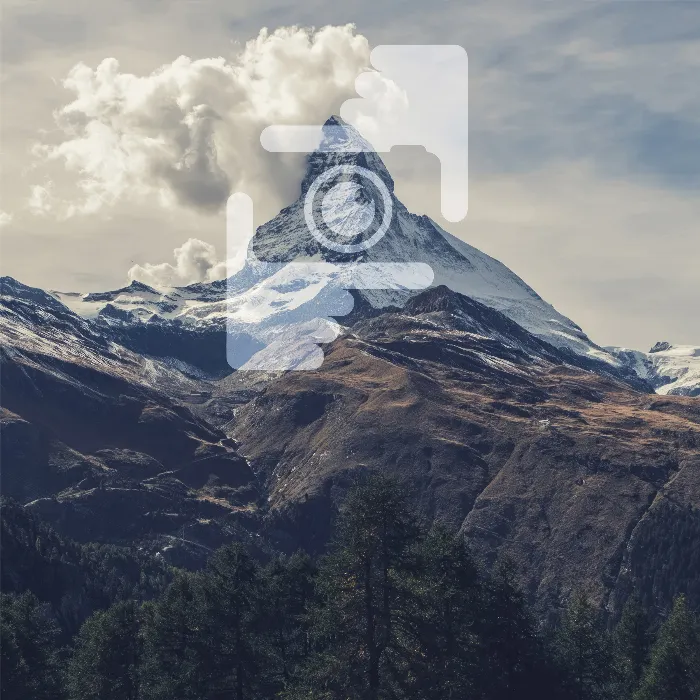At this point, you are completing your video training on logo development for photographers. In the last episode, I want to personally thank you and provide some final tips. Additionally, I invite you to participate in a platform that allows you to receive feedback from other consumers of your logo development. Let's go through the final steps together to further hone your skills and perfect your logo.
Key Insights
Understanding the elements that make a good logo is crucial. You have learned how important colors, shapes, and fonts are. Additionally, the creative process is often time-consuming, but the effort pays off when you ultimately create a professional logo. Engaging with others in a community can provide valuable insights and support to further develop your design.
Step-by-Step Guide
Farewell and Reflection
Before you focus on the next step, it is important to reflect on what you have learned. I hope you had a lot of fun during the training and that it helped you solidify your concepts. A recognized teacher often thinks about how students have experienced the learning process – and I am looking forward to your feedback.
Understanding Costs for Logo Development
You may have noticed that the costs for a logo are higher than one might initially assume. The price is not just for the technical implementation, but for the entire creative process that goes into it. It is about understanding why certain design decisions are made – such as the choice of the color red or the shape of a circle. This deeper insight is necessary for you to explain your design to others and recognize its value.
Analyzing Design Elements
In the training, you learned that various elements like shapes and colors have psychological effects. It is essential to know how these elements can influence your logo. A good designer must not only create but also determine how these elements communicate with each other. Developing a sense of the target audience and understanding their needs can help in this process.
Utilizing Community and Feedback
One of the best ways to further develop your logo is through exchange with others. I would like to encourage you to join the Facebook group where you can post your designs and receive feedback from other photographers and designers. Personal interaction will help you gain different perspectives and further develop your skills. It is not only a platform for you but also for others who are facing similar challenges.
Documenting Progress
When creating your logo, document your progress. Compare versions before and after the training. This not only helps you visualize your growth process but also shows others how much effort has gone into the development. I am very curious about the transformation of your design work and look forward to seeing what you have achieved!

Conclusion and Outlook
I wish you much success in applying your newly acquired knowledge. Your journey as a photographer and designer lies ahead of you, and I hope I have been able to contribute a little to your development. Remember that there is always room for growth – whether through personal projects, workshops, or further interaction in the community.
Summary – Developing Logos for Photographers: Final Tips and Feedback Opportunities
In this final episode, we summarized your training and discussed important points that will help you effectively design your logo. I also invited you to become a part of a community that offers you valuable feedback and support.
Frequently Asked Questions
How can I join the Facebook group?You should have received the invitation along with the video training. Just follow the link and join the group.
What can I do if I don't get feedback?Regularly check the group and actively participate in discussions. The more active you are, the higher the likelihood of receiving feedback.
How long should I work on my logo?This varies depending on the complexity of the design, but take the time you need to ensure you are satisfied.
Can I also post feedback on other designs in the group?Yes, you can share other works at any time and gather feedback on them.
What do I do if I disagree with the feedback?Use the feedback as constructive input. You can still make your own decisions, but it's important to hear all perspectives.

